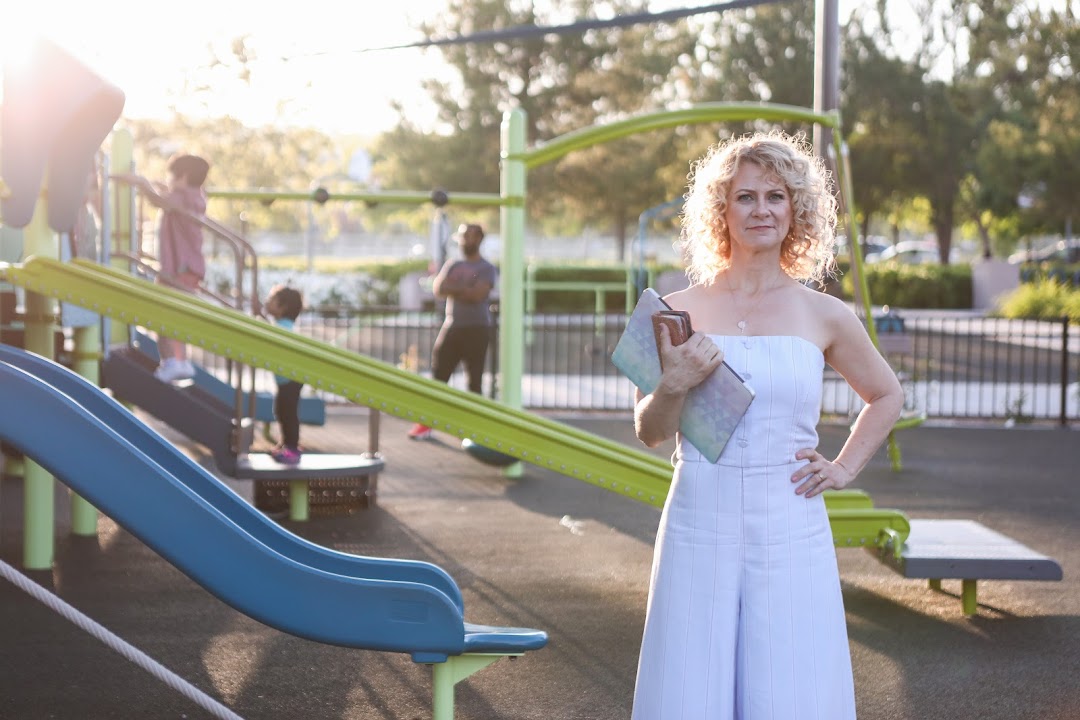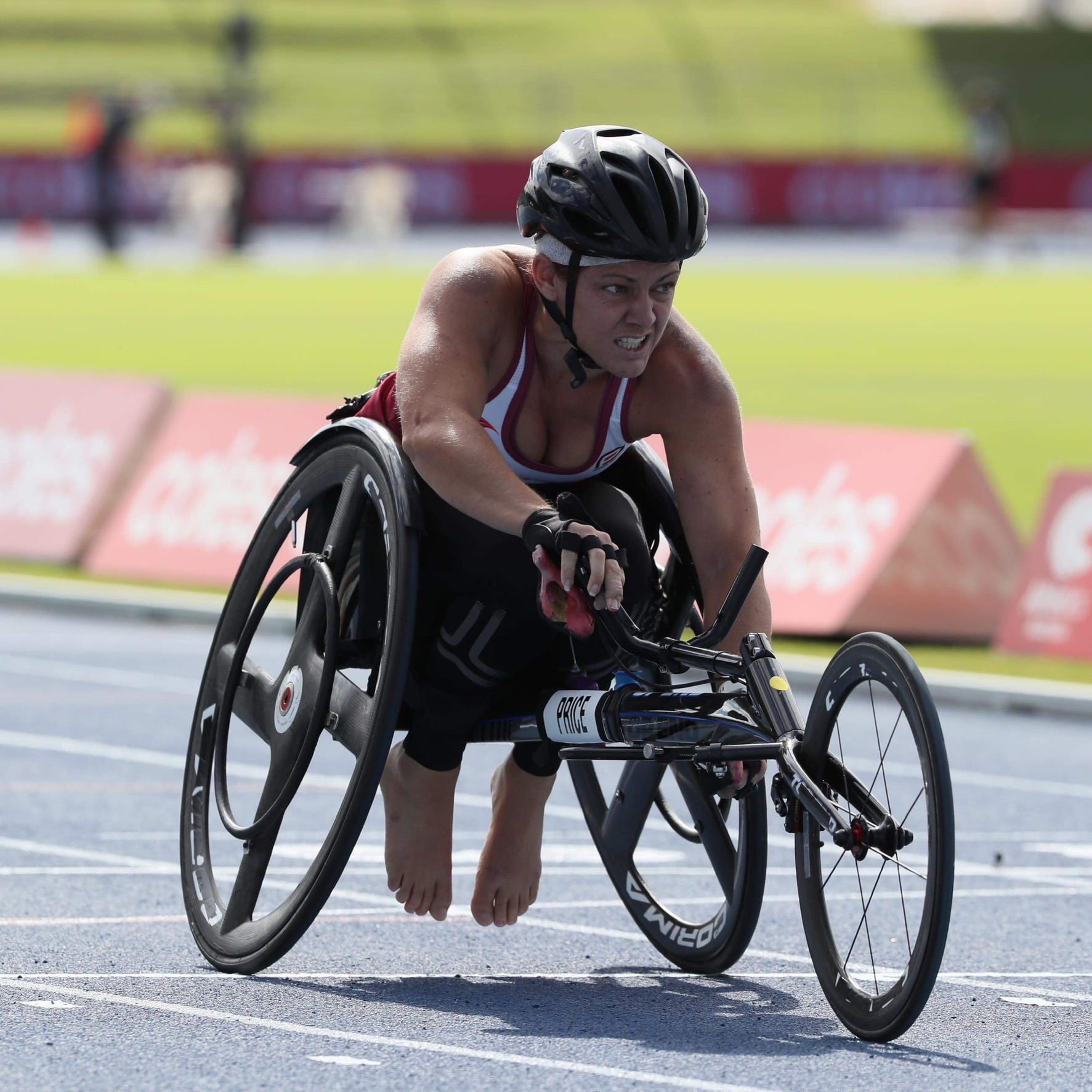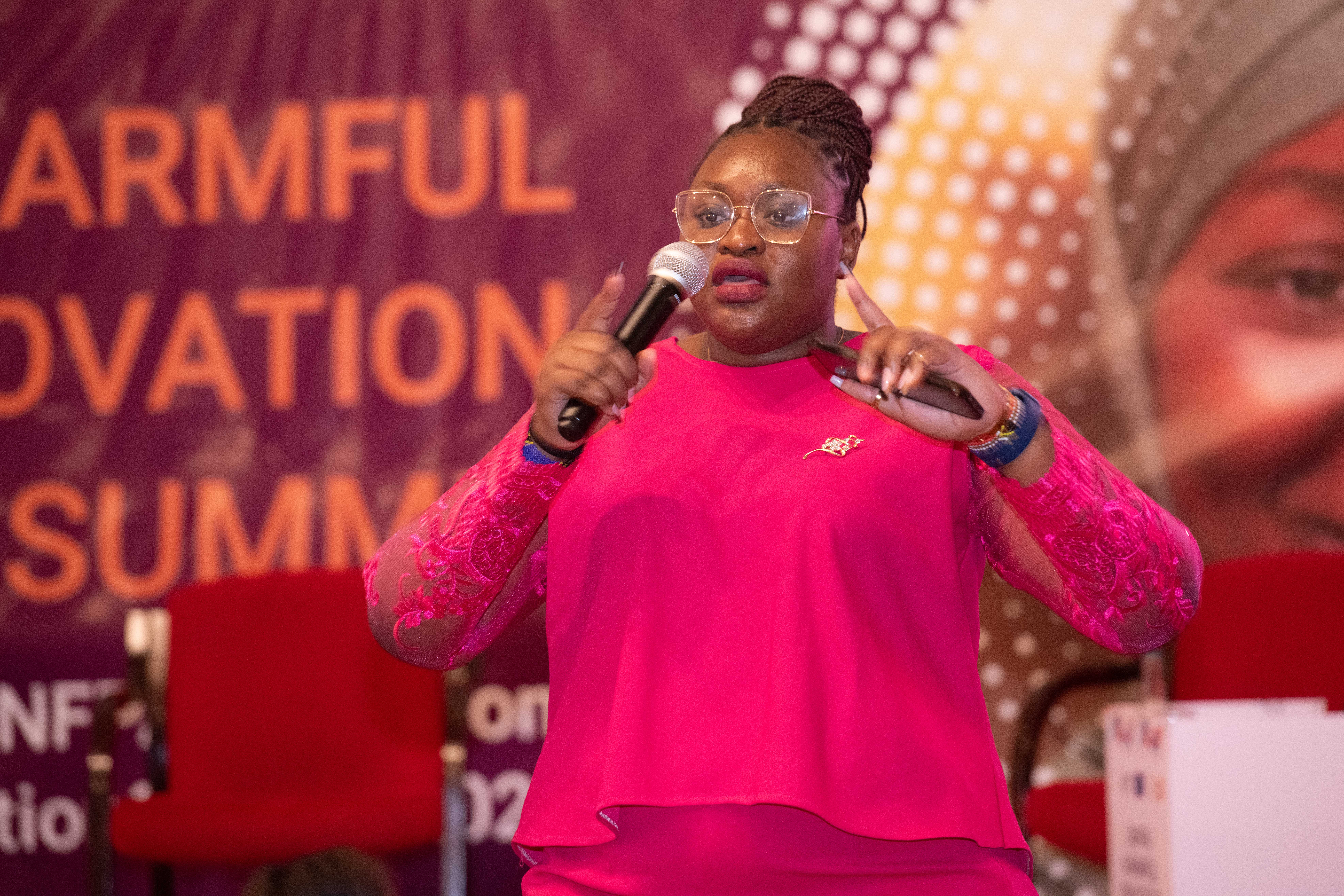“It’s so simple, but so clever”
This is how Laura Fricker describes the two blood transfusions that saved her son’s life while she was still carrying him in her womb.
“When I was about 15 weeks pregnant with Sebby, my daughter came down with slapped cheek syndrome, which is a rash caused by an infection called parvovirus. I didn’t think anything of it, but one of the receptionists at her school suggested that I get tested because I was pregnant,” Laura tells This Is MedTech. “I went to the doctor and had a blood test, but I didn’t expect anything to come of it. A few days later they rang and said that I’d tested positive.”
While the virus was relatively mild for her daughter, it put Laura’s unborn baby at risk of developing anaemia, a condition where there aren’t enough healthy red blood cells to carry oxygen to the body’s cells and organs. Foetal anaemia is potentially life threatening.
“I was sent to the hospital for more tests where they use an ultrasound scan to test the speed at which the baby’s blood flows around the brain. The faster the blood flow, the more severe the anaemia. The first time, everything was fine, but when I went back at 17 weeks, the rate of blood flow around Sebby’s brain was off the charts.”
Laura’s doctors decided that her baby needed a blood transfusion right then and there. “I was shocked and scared because I’d learned that foetal transfusions at under 20 weeks carried a greater risk of miscarriage, but I tried to stay positive. I knew I was in good hands,” she says.
Nevertheless, the experience was a bit surreal. “They inserted a needle through my abdomen and then into Sebby’s bladder. A tiny amount of donor blood was administered through the needle. I could see it all on a screen, which was very reassuring because I could see that he was wriggling around.” The doctors used ultrasound technology to guide the needle to the correct place.
The donated blood used in foetal transfusions must undergo additional testing using special diagnostic medtech that ensures it is free from cytomegalovirus, an infection that can compromise a baby’s vulnerable immune system. The sterile blood bags (also medtech!) are labelled “NEO” to show that they’re safe for foetuses and newborns.
“I had to go back for a second transfusion two weeks later. Sebby didn’t need any more transfusions after that, but we had weekly scans throughout the rest of the pregnancy,” notes Laura. “He was also monitored for potential neurological delays for the first two years of his life, but he was fine and there’s no indication that he’s been affected, aside from two tiny scars on his tummy.”
In sharing her story, Laura hopes to reassure other parents who find themselves in a similar situation. “The transfusion was quite a simple process. I was in and out in 30 minutes, then I sat and had a cup of tea and they sent me home. Before you know it, it’s done.”
Today, Sebby is an extremely active and healthy 5-year-old boy and Laura is forever grateful for the medical technology as well as the blood donors who saved her son’s life.
World Blood Donor Day falls on 14 June every year to raise awareness of the need for safe blood and blood products and to thank voluntary, unpaid blood donors for their life-saving gifts of blood.






